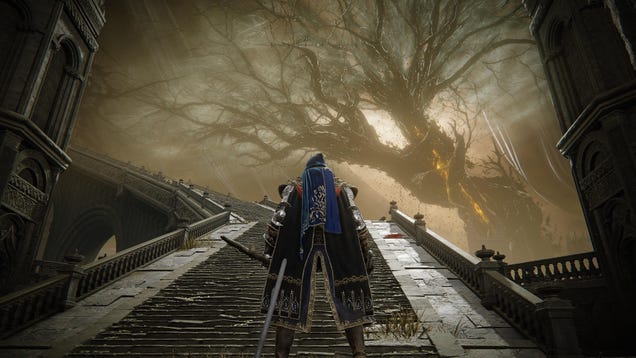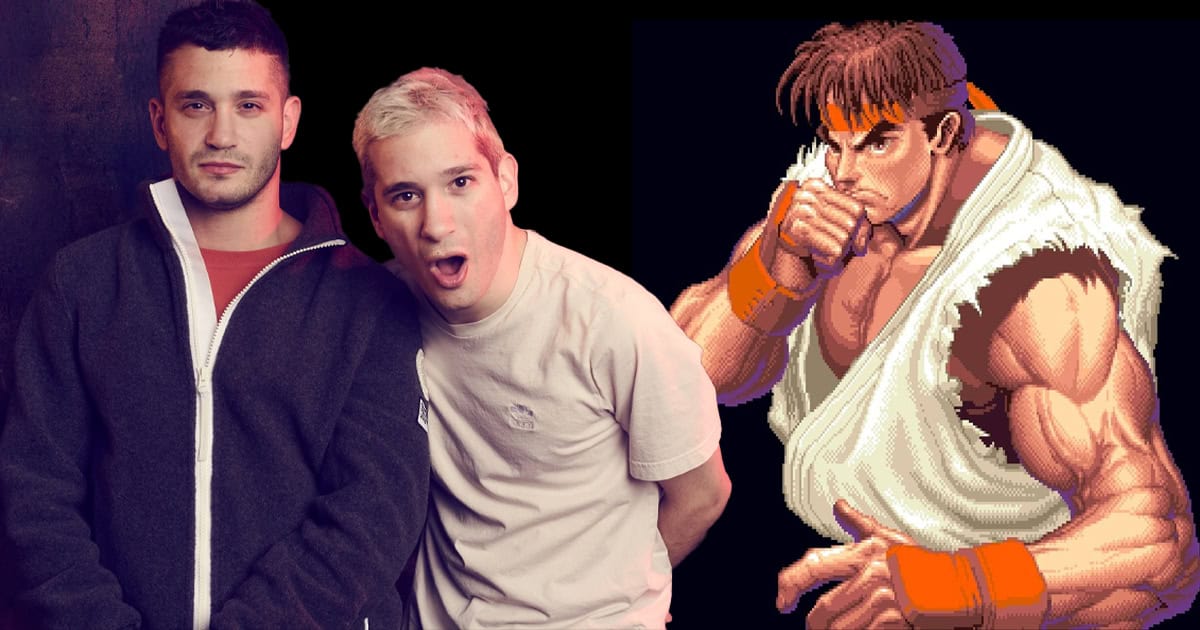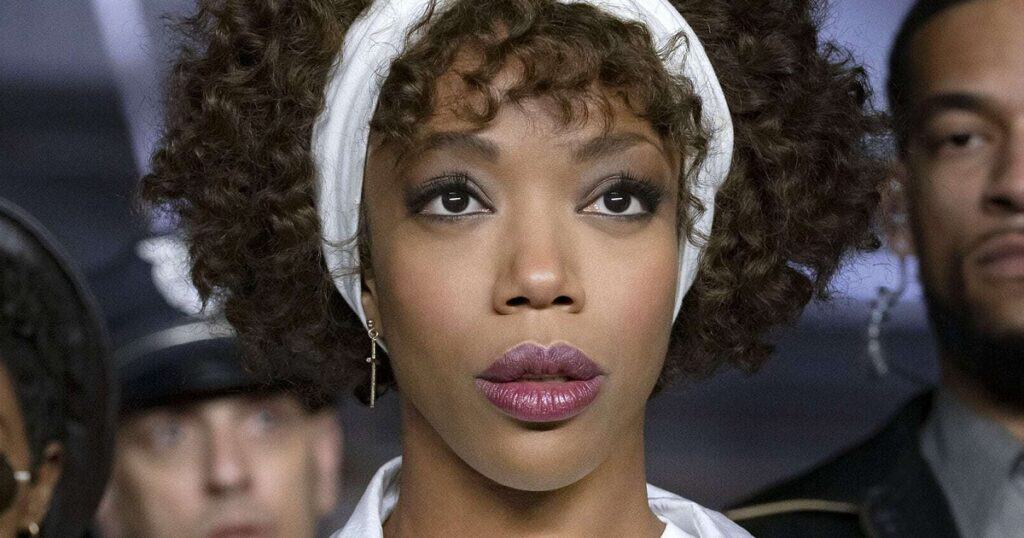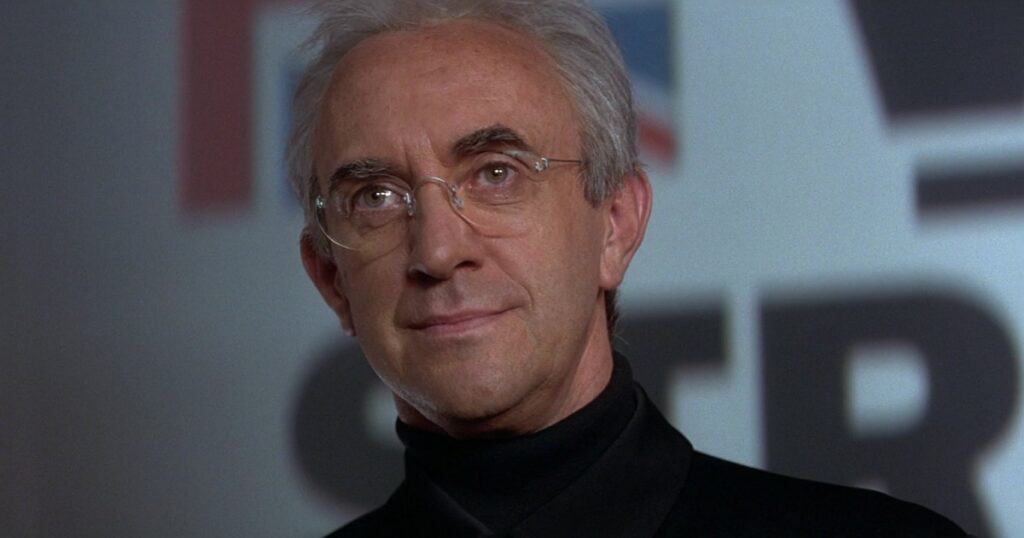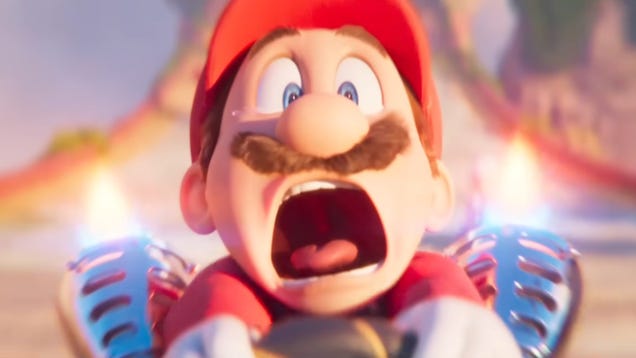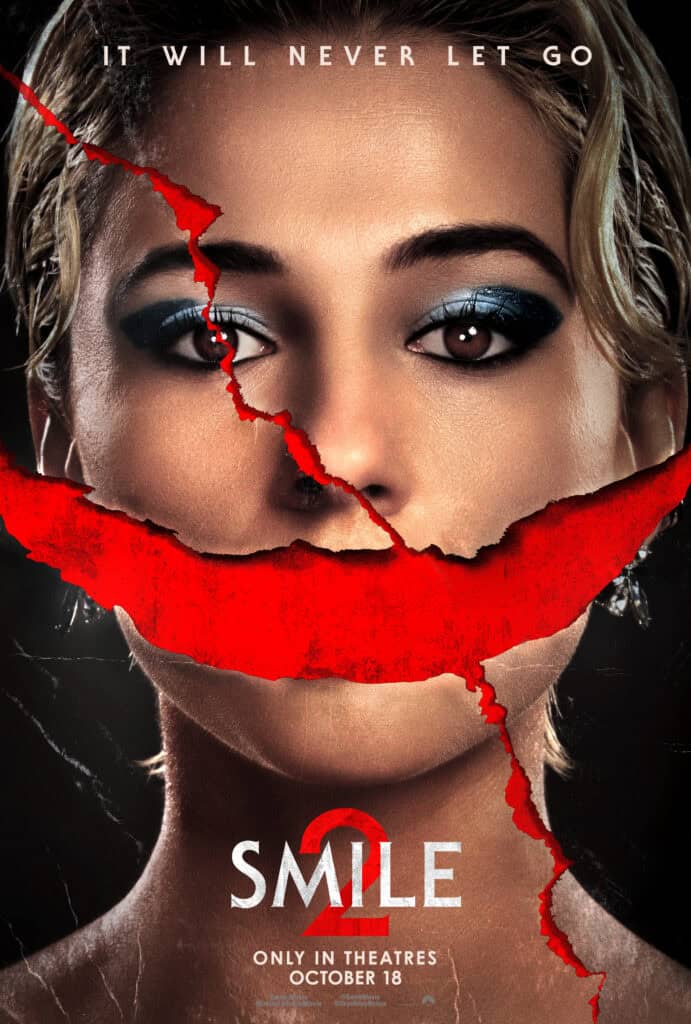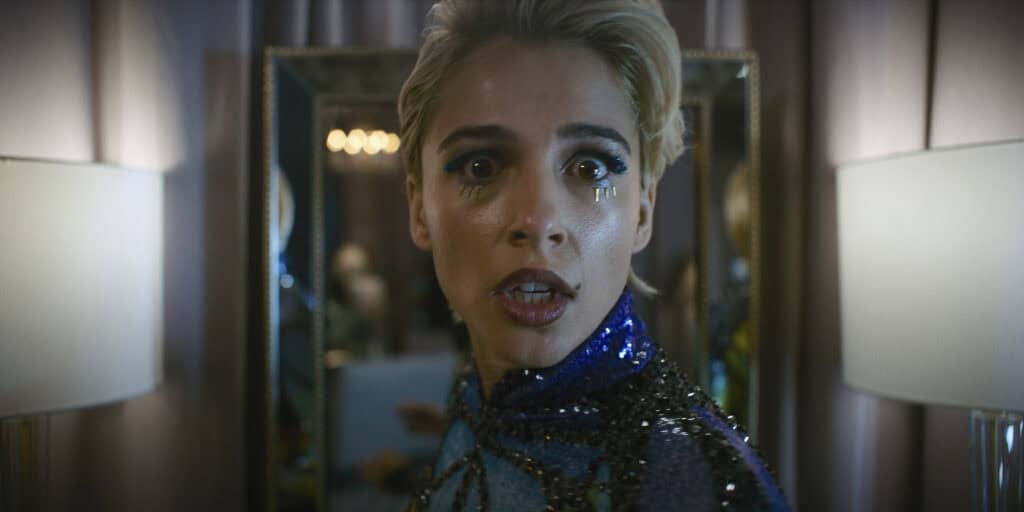
The Bram Stoker’s Dracula episode of Revisited was Written and Narrated by Vannah Taylor, Edited by Juan Jimenez, Produced by Tyler Nichols and John Fallon, and Executive Produced by Berge Garabedian.
Vampires are timeless creatures in every sense of the word. Mythology stemming from the fear of the undead has consumed cultures around the globe for centuries–and these stories have been forever evolving and molding together to form our modern understanding of vampires. But one ageless and undying tale stands above the rest as the quintessential vampire tale: Bram Stoker’s Dracula (watch it HERE).
Not only are vampires themselves creatures of everlasting life, but their stories continue to be told time and time again. In 1897, Bram Stoker published the novel Dracula, forever shaping vampire lore with his monstrous Transylvanian count. Since then, at least 80 films have been made featuring some sort of adaptation of Count Dracula– as well as thousands of other various creative works like television, video games, animation, and comics, inspired by the novel and its characters in some way. Handfuls of Dracula-inspired films are scattered across every decade since the 1920s. We have even seen a few just in the last year alone, including Renfield, The Last Voyage of the Demeter, and you could even count Abigail since it was originally slated as a Dracula’s Daughter film. This is in some way thanks to the fact that since Universal Studio’s iconic 1931 adaptation of Dracula starring Bela Lugosi, Dracula has been in the public domain.
So, amongst all these adaptations, what makes Francis Ford Coppola’s 1992 adaptation, Bram Stoker’s Dracula, stand above the rest? For starters, the cast is packed with legendary talent–starring Gary Oldman, Winona Ryder, Anthony Hopkins, Keanu Reeves, Richard E. Grant, and Cary Elwes. Coppola used extensive rehearsal time, including having the cast read the novel together, and engage in improv exercises, games, and other bonding experiences–speaking to his prior experience as a drama counselor. He wanted to create the tangible chemistry needed for a story of this emotional magnitude to be told. It also must be stated that the film is a visual masterpiece. Coppola wanted to move away from the traditional Dracula look, the one that conjures images of Bela Lugosi. This transformation is adorned with exquisite 19th-century attire, earning costume designer Eiko Ishioka an Academy Award, and is complemented by Michele Burke’s hair and makeup design that draws inspiration from Catholic and angelic imagery.
This new Dracula, in all of his various forms, feels regal, ominous, and larger than life. Coming close to Dracula brings one closer to an otherworldly realm–one not meant for the living. An element of foreboding follows the count, as his shadow lurks disembodied. His presence alters the rules of physics, and we see that this man is more than the flesh and bone you see before you. These details, along with all of the film’s visual effects are astonishingly created on-set or in-camera–creating such an eerie artistic achievement. Not to mention that all of this was accomplished within the film’s $40 million budget.

Aside from the craftsmanship behind Bram Stoker’s Dracula, one of the biggest developments that sets this film apart, is the story itself. The film brings everything back to the novel after decades of so many various spinoff films and loose renditions of Stoker’s characters. Coppola’s film brings to life this epic piece of gothic fiction and tells the story of the mysterious Transylvanian count who is visited by Jonathan Harker, to finalize real estate purchases in London. Leaving Harker to be feasted upon by his brides, Dracula makes his way to England to prey upon Harker’s fiancée, Mina, as well as anyone who stands in his way–only to be halted by the efforts of Dr. Abraham Van Helsing.
Having always been a fan of Dracula, Coppola immediately saw the promise of the exploration of this character in James Hart’s script, which was brought to him by Winona Ryder when they met to discuss her departure from The Godfather III. What is exciting about this script is that it somehow balances being one of the best adaptations of the literature while still making a couple of rather dramatic alterations–coming full circle to marry the evolution of the genre and the overall allure of vampires back into the original story.
Dracula is a brutal relentless monster. Death personified. A walking plague looming over the unsuspecting residents of Whitby. But now, we see a tragic and emotionally intense Dracula, “a fallen angel” to use Gary Oldman’s words when describing what he was attempting to bring to the screen. Stoker had not revealed the count’s origins, only giving the reader what was needed to understand that he was ancient and sinister. Depth is added to him through a new look and origin story, both inspired by the brutality that comes from our own reality in the form of the historic figure, Vlad the Impaler. According to this film, Dracula’s origins go back to 1462, during battles against the Ottoman empire, when false news of his death travels to Dracula’s bride, Elizabeta. Overtaken by grief, she jumps into the river, taking her own life. When a priest explains that her soul is condemned, as she lays at his feet like Ophelia, Dracula feels that this condemnation is a betrayal, an unfair return on the faith and loyalty with which he has served the church. Enraged, he denounces God, promising to avenge his love’s death. He pierces the cross with his sword and partakes in what can be called a blasphemous communion, drinking the blood that flows from it. He condemns his own soul, if he cannot be reunited with his Elizabeta, then he does not wish to die a man’s death.
This is what excites me about vampire films–not just the inherent terror of undead creatures that survive off the blood of unwilling victims, aka the horrific monster Stoker intended to create, but how that bloodlust translates into a romantic and sexual lust, a deep eternal longing. There is a duality of tragedy and monstrosity that exists in vampirism.
Becoming inhuman exposes the meaning of humanity for those who are doomed. For Dracula, in this film, that meaning is best shown in his sentiment that “the luckiest man who walks on this earth is the one who finds true love,” as he laments at Jonathan’s portrait of Mina.
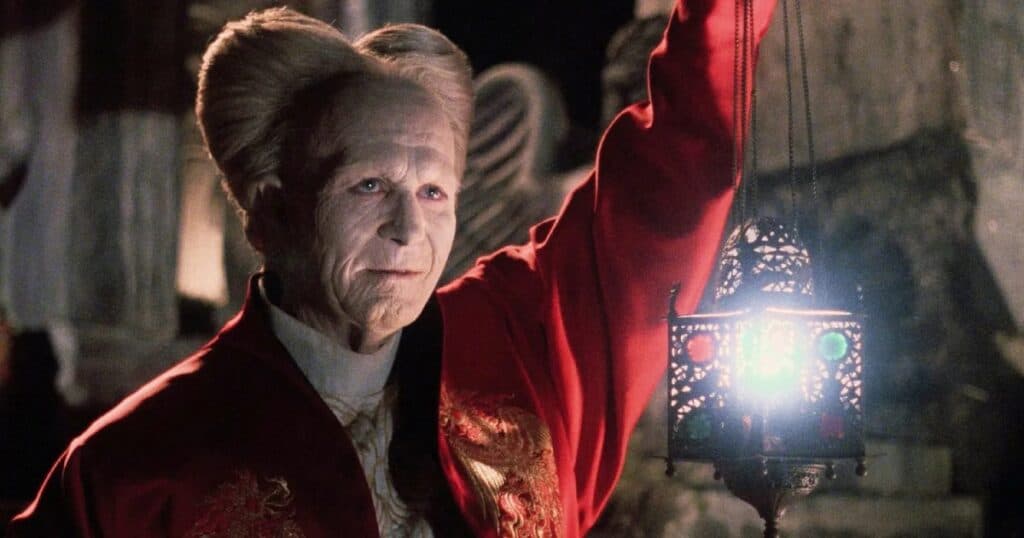
This is where the film, in its exploration of destiny and the power of time, takes another large turn away from the novel: Mina’s relationship with Dracula, which entirely alters her role in the narrative. Unknowingly, Dracula would eventually be reunited with his Elizabeta, reincarnated as Mina. Without the implication of a tragic backstory, Dracula preys on Mina simply because he can, and because he greedily wishes to add her to his harem of undead wives, first torturing her beloved fiancé and taking the life of her childhood best friend, Lucy. He kills anyone who poses a threat or…merely an inconvenience to him. After unwillingly being attacked by Dracula, brutalizing the novel’s symbol of ideal Victorian womanhood, she uses the mental connection that comes with the transference of blood to aid in Van Helsing’s pursuit.
However, in this adaptation, her acknowledgment of her memories of love for Dracula and her willingness to be turned by him, while it allows for an enchanting romance, would be one of the only points of contention for loyal fans of the novel (and maybe even the film’s fans that were rooting for young Keanu’s Jonathan). While I am hesitant to praise an altered narrative that diminishes the agency that made Mina an exciting and intellectually stimulating character, this undying love that penetrates and defies the barriers of time and space builds upon the lust and eroticism that is inherent to our understanding of vampire mythos. This love that opened the film in a Romeo and Juliet-style tragedy made its mark on how the genre would continue to move forward–especially in regards to media targeting young adults, like Twilight with its love triangles, and The Vampire Diaries which features a central character that is a doppelganger of the Salvatore brothers’ past love Katherine.
Aside from deepening the humanity that exists within the undead bogeyman, and the romance conjured with Mina, this film would go down in history as one of, if not THE, most faithful adaptations of one of the most iconic novels of all time. It is even one of the highest-grossing vampire films to ever be made, having originally grossed over $215 million, and now sits, as of 2023, at an adjusted $473.5 million. Bram Stoker’s Dracula is drama, camp, romance, fantasy, action, and horror—this film is everything. And it is safe to say we will not be escaping from renditions of this infamous creature of the night any time soon—but I will long be waiting for the day to come when one finally triumphs over Francis Ford Coppola’s Bram Stoker’s Dracula.
Two previous episodes of Revisited can be seen below. To see more of our shows, head over to the JoBlo Horror Originals channel – and subscribe while you’re at it!
The post Bram Stoker’s Dracula (1992) Revisited – Horror Movie Review appeared first on JoBlo.
